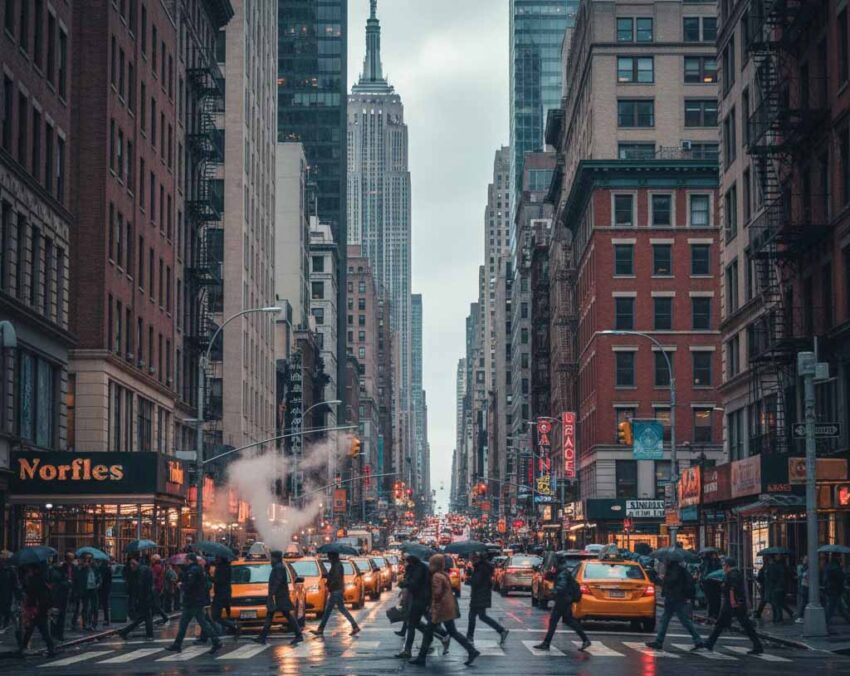American Tourism Industry on the Brink as US Government Shutdown Sparks Billion-Dollar Chaos and Leaves Travellers Furious, New Update Only for You
American Tourism Industry on the Brink as US Government Shutdown Sparks Billion-Dollar Chaos and Leaves Travellers Furious, New Update Only for You is not just a headline, it is the reality facing the nation today.
American Tourism Industry on the Brink as US Government Shutdown Sparks Billion-Dollar Chaos and Leaves Travellers Furious, New Update Only for You is not just a headline, it is the reality facing the nation today. The American tourism industry on the brink is a direct result of the US government shutdown. The shutdown sparks billion-dollar chaos across airports, parks, and cultural attractions. The tourism industry on the brink highlights how travellers furious at closed museums, blocked services, and mounting delays are losing patience. The US government shutdown sparks a wave of cancellations, and the billion-dollar chaos spreads into hotels, airlines, and local economies. With every passing day, the American tourism industry on the brink suffers deeper losses. Travellers furious are demanding answers. This new update only for you explains why the US government shutdown sparks a billion-dollar chaos that is shaking America’s tourism backbone.
The United States government shutdown is more than a political standoff. It is a direct blow to the nation’s tourism industry. Flights continue, but travellers face longer waits. National parks are open but mostly without staff. Museums and cultural sites in Washington, D.C. are only partially accessible and may close soon. The White House warns the economy could lose billions every week. For the tourism sector, this means cancelled trips, frustrated travellers, and deep losses for communities that depend on visitors.
Air Travel Under Pressure
Flights in the United States are still operating, but cracks are visible. Air traffic controllers and Transportation Security Administration staff are considered essential. They must work without pay. Around 13,000 air traffic controllers and more than 50,000 TSA officers are keeping the skies open. However, unpaid work brings stress. Absenteeism rises. In the past, this has led to major delays and even temporary shutdowns of airports, like at New York’s LaGuardia in 2019.
The Federal Aviation Administration has furloughed around 11,000 staff. Training and new hiring continue, but support and development are on hold. Airlines warn that safety is not at risk, but efficiency is. Passengers already face longer security lines and possible delays in busy hubs. If the shutdown lasts, the strain on aviation will grow each day.
National Parks and Gateway Communities
The United States is famous for its national parks. But during a shutdown, these iconic places suffer. The Department of the Interior allows many parks to remain open, but without full services. Roads and trails may be accessible, but visitor centres are shut. Restrooms, sanitation, and ranger patrols are minimal. Permits for climbing, camping, or guided tours are suspended.
In past shutdowns, this has led to serious problems. Overflowing rubbish bins, vandalism, and damage to protected areas have been reported. In 2013, a 16-day closure resulted in nearly eight million lost visits and over $400 million in lost spending for local communities. Towns near Yosemite, Grand Canyon, and Zion depend heavily on tourist dollars. Restaurants, hotels, and guides see cancellations almost immediately when parks are closed or services are limited.
States like Utah have in the past paid out of pocket to keep major parks open, but this is not sustainable. Federal law also prevents the Interior Department from using park fees to cover operating costs during a lapse, after the Government Accountability Office found it unlawful in 2019. This leaves gateway communities vulnerable once again.
Museums and Cultural Attractions in Washington, D.C.
Washington, D.C. is one of the hardest hit regions during a shutdown. The Smithsonian museums and the National Zoo are currently open only because of prior-year funds. These funds will run out within days. The National Gallery of Art can stay open only through early October. The Library of Congress and National Archives are already curtailing visitor services.
Tourists who travel to the capital often come for these world-class museums and monuments. If they shut their doors, visitors will be disappointed and local businesses will lose revenue. Tour operators must scramble to reroute tours or offer refunds. The uncertainty means that even people who had planned trips in advance may now cancel.
Passports, Visas, and Borders
For now, passport and visa services are still being processed. The State Department uses fee-based funding, which allows it to continue operating. However, if the shutdown drags on, delays will increase. Staffing shortages in support functions will eventually slow down applications.
At the border, most Customs and Border Protection officers are working, but also without pay. The Department of Homeland Security reports that over 90 per cent of its employees are still on duty. Immigration processes are disrupted, however. The Department of Labor cannot process work visa certifications or labour condition applications. The E-Verify system is offline. Hotels and restaurants that depend on seasonal workers face serious challenges.
Rail and Ground Transport
Amtrak continues its services using its own funds. For now, train travellers will not see changes in schedules. However, if the shutdown continues for many weeks, reserve funds could also run low.
Economic Impact on Tourism
The U.S. Travel Association estimates that tourism is losing about one billion dollars every week of shutdown. That comes from cancelled trips, reduced visitor spending, and slower processing of travel documents. Local economies near national parks or federal attractions feel the losses most directly. Restaurants and hotels see bookings vanish. Tour operators face refund demands.
The White House has warned that the economy could lose about 15 billion dollars per week in overall GDP. Analysts say the shutdown will shave 0.1 to 0.2 percentage points off economic growth every week it continues. For an industry already recovering slowly from the pandemic, this is a sharp setback.
Lessons From Past Shutdowns
History shows the damage clearly. In 2013, when parks were fully closed, millions of visits were lost. In 2018–19, when parks were left open without staff, public safety and conservation were put at risk. Aviation in 2019 saw staffing shortages that triggered serious delays and even grounded flights in New York. These lessons show that every day of shutdown adds to economic pain and damages the reputation of U.S. tourism worldwide.
What Travellers Need to Know
Travellers must plan carefully. Those flying should arrive early at airports. Delays at security are already longer than normal. Air traffic flow restrictions can also add time to flights.
Visitors to national parks should expect limited or no services. Restrooms and centres are likely closed. Emergency response is thin. Travellers should bring supplies and check park websites for updates.
Tourists heading to Washington, D.C. must confirm each museum’s status daily. A museum open one day may close the next. Refund policies from tour companies are essential.
Passports and visas are still being processed, but travellers should not expect fast service. Delays may mount.
The Future of Tourism Under a Prolonged Shutdown
If the shutdown continues, the strain will deepen. Aviation workers may stop showing up. Parks could see irreversible damage from lack of maintenance. Washington, D.C. could turn from a vibrant tourist hub into a city of shuttered museums. The economic losses will spread far beyond tourism into hotels, restaurants, and transport providers.
Tourism in the United States depends on smooth travel, open public spaces, and reliable services. The shutdown strikes at the heart of these. The longer it lasts, the harder it will be to repair the damage.
Final Analysis
The U.S. government shutdown is not only a political issue. It is a travel and tourism crisis. It affects air travel, national parks, museums, passports, and local economies. It brings financial pain to communities and stress to travellers. The country’s reputation as a global destination suffers with every day of uncertainty.
Until a funding deal is reached, the tourism industry will remain on edge. The numbers are stark: one billion dollars lost each week in tourism, 15 billion dollars lost each week in GDP. For travellers and for businesses, the message is simple: uncertainty is the new normal until Washington finds a solution.
The post American Tourism Industry on the Brink as US Government Shutdown Sparks Billion-Dollar Chaos and Leaves Travellers Furious, New Update Only for You appeared first on Travel and Tour World


Comments and Responses
Please login. Only community members can comment.